There was a time when feminism was positioned firmly and noisily against both love and beauty. Linked with a range of other social, historical and critical approaches to art and culture, feminism sought to expose social injustice, oppression, and the self-interest of dominant groups. Now, however, “feminism” has an aftermath. Feminism leaves an affect-effect which is not identical with the particular shape or form it took during the later twentieth century.
 SUGGESTED READING
How we got Putin so wrong
By Stathis N. Kalyvas
SUGGESTED READING
How we got Putin so wrong
By Stathis N. Kalyvas
The issues that feminism has always sought to challenge – brutal sexual and racist violence against women and the multitude of practices that diminish their humanity – remain as extreme as ever on the world scale. But there is now a feminist effect: a massive movement, a world literature, a theoretical architecture rebuilding every discipline and touching all aspects of social, economic, political and cultural life. After-feminism is about how we grasp the impact of women’s mobilization, actions, thoughts and continuing worrying away at social justice and human life.
This shift has had an important impact on the relationship between feminism and art. Traditionally, feminism has seen art not as pure and beautiful, but wretched in the service of ideology and power. The romanticism of aesthetic culture in which the question was “Does it move me?” was brutally rejected in favour of the deeply researched and analytically demonstrated understanding that art was not personal and affecting, but strategically instrumental in regimes of domination, discrimination and deadly violence.
This is still true, and I would continue to contest many of the cherished bourgeois beliefs about art’s beneficent function and soothing effects. Gender, class, race and sexuality are still axes of real, asymmetrical power, and their formations are replayed to us through images across the full cultural range. But it is in the aftermath of that critical turn that we can once again re-engage with the challenge of the aesthetic: not as beauty contemplated but as an effect associated with the preservation of human life.
 SUGGESTED EVENT
The Final Wave
With Myriam François, Ruth Michaelson, Sonia Poulton, Peter Tatchell
SUGGESTED EVENT
The Final Wave
With Myriam François, Ruth Michaelson, Sonia Poulton, Peter Tatchell







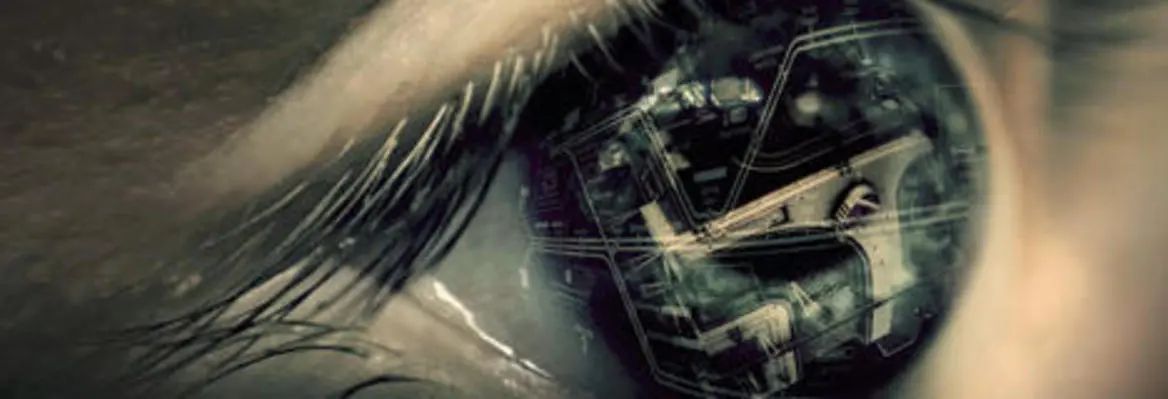





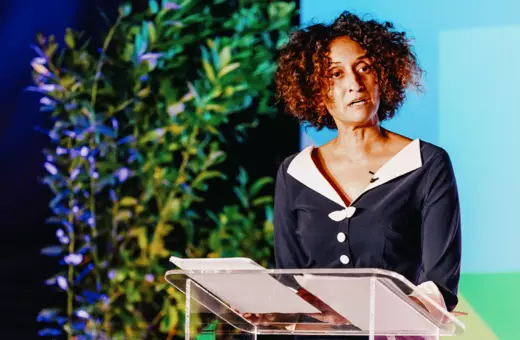
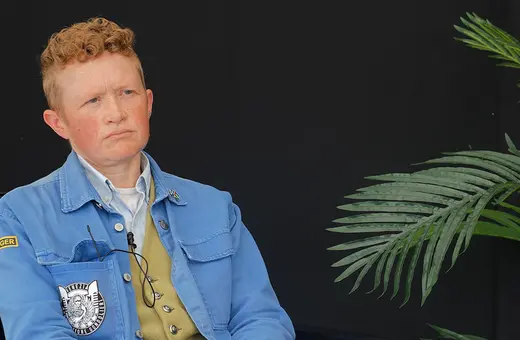

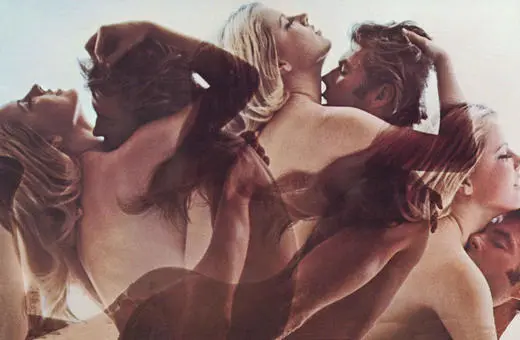
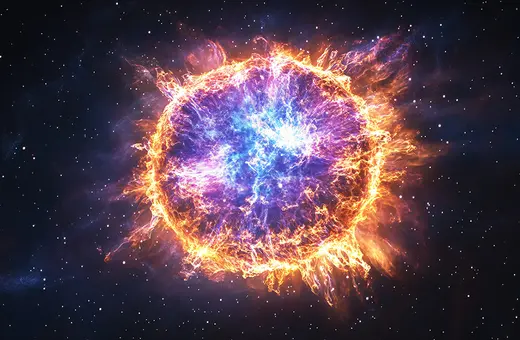
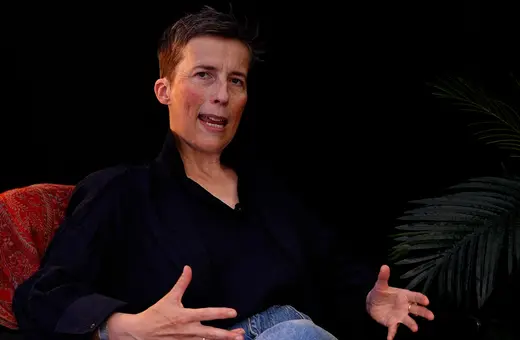

Join the conversation